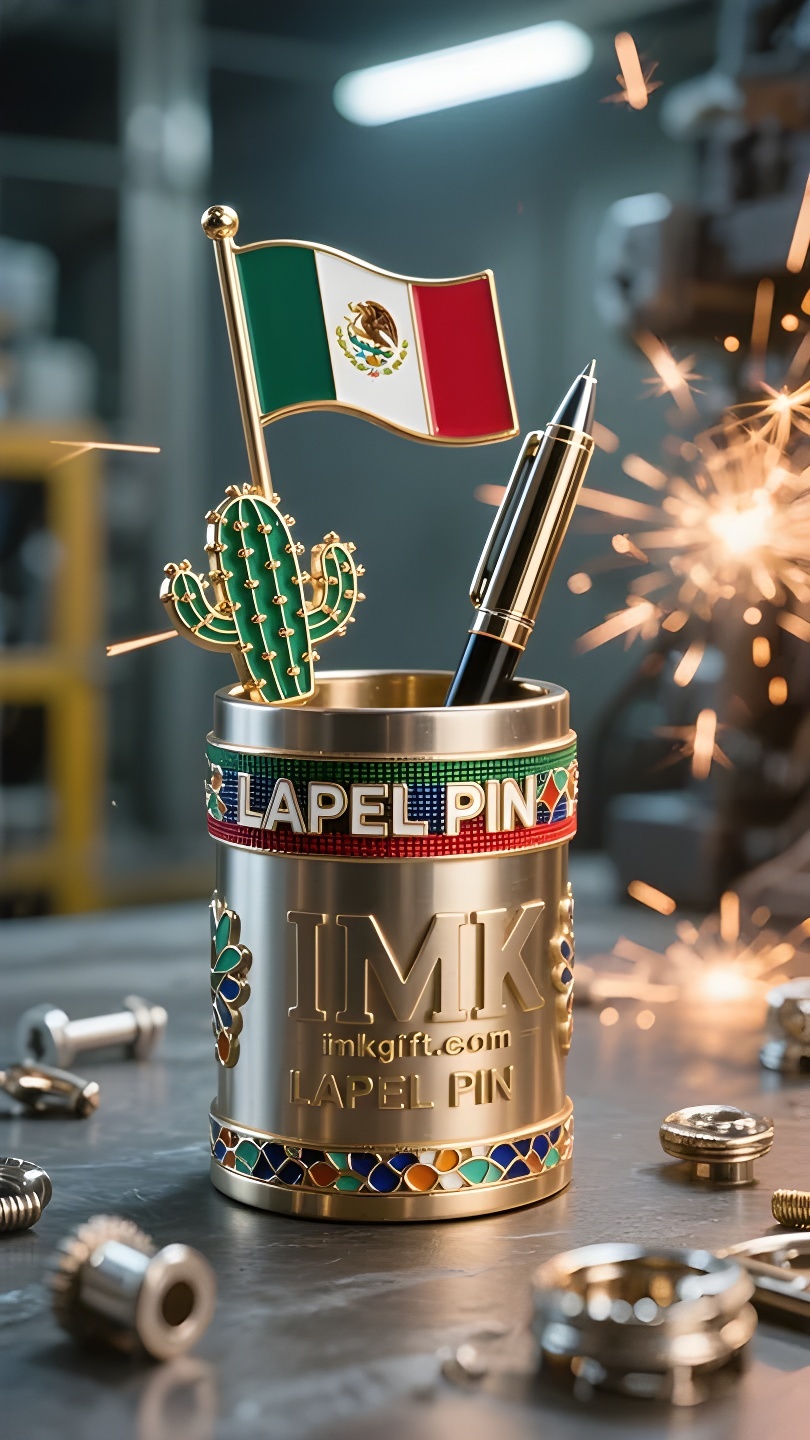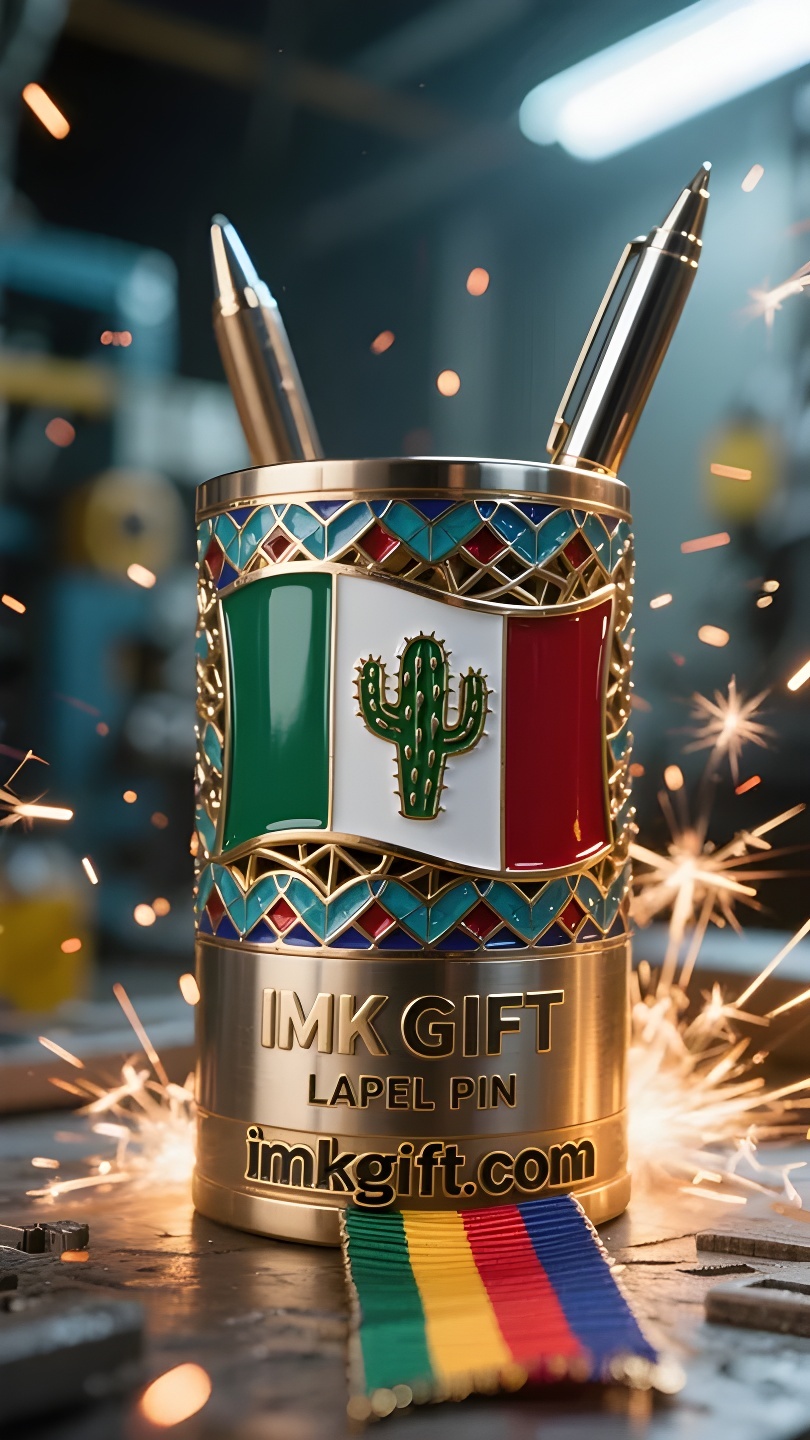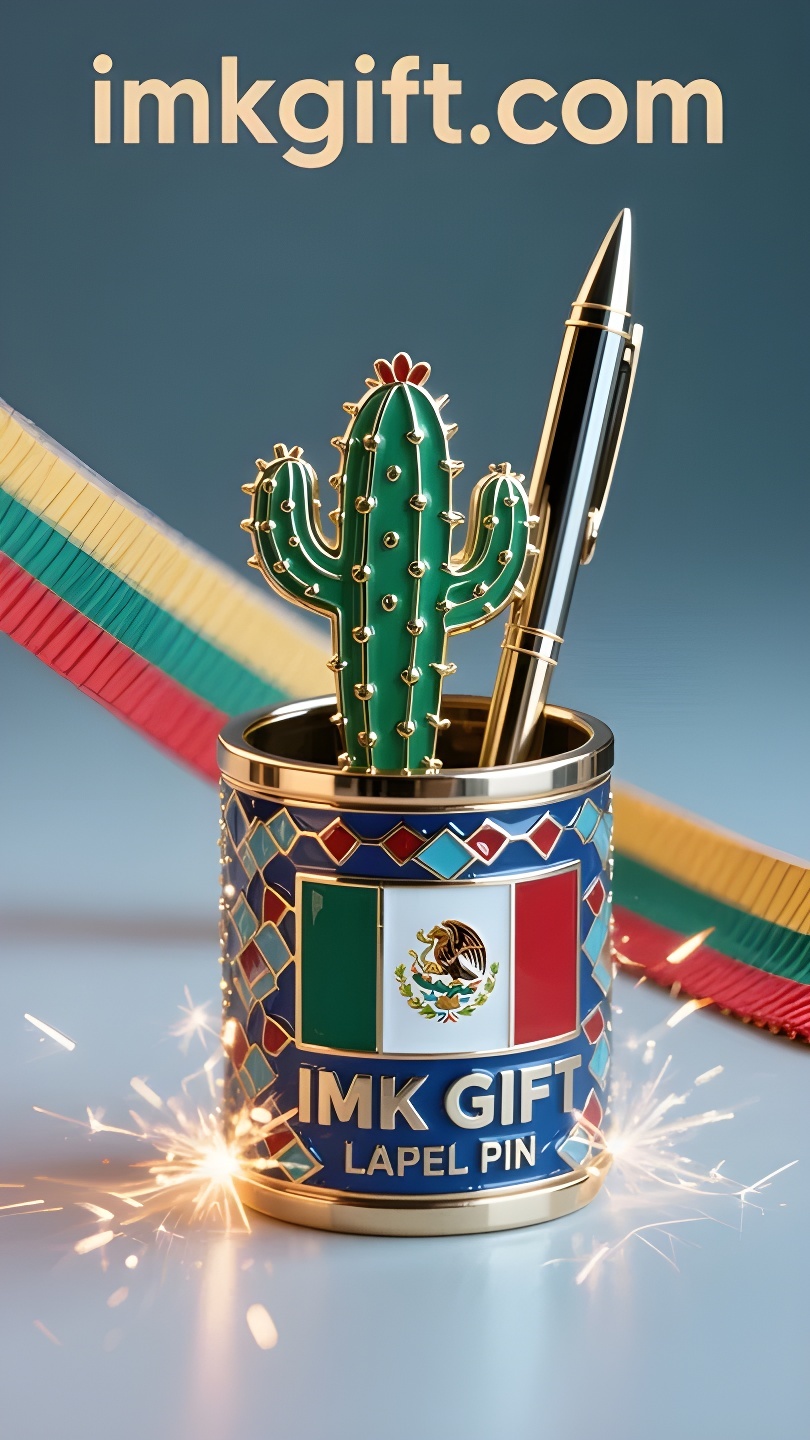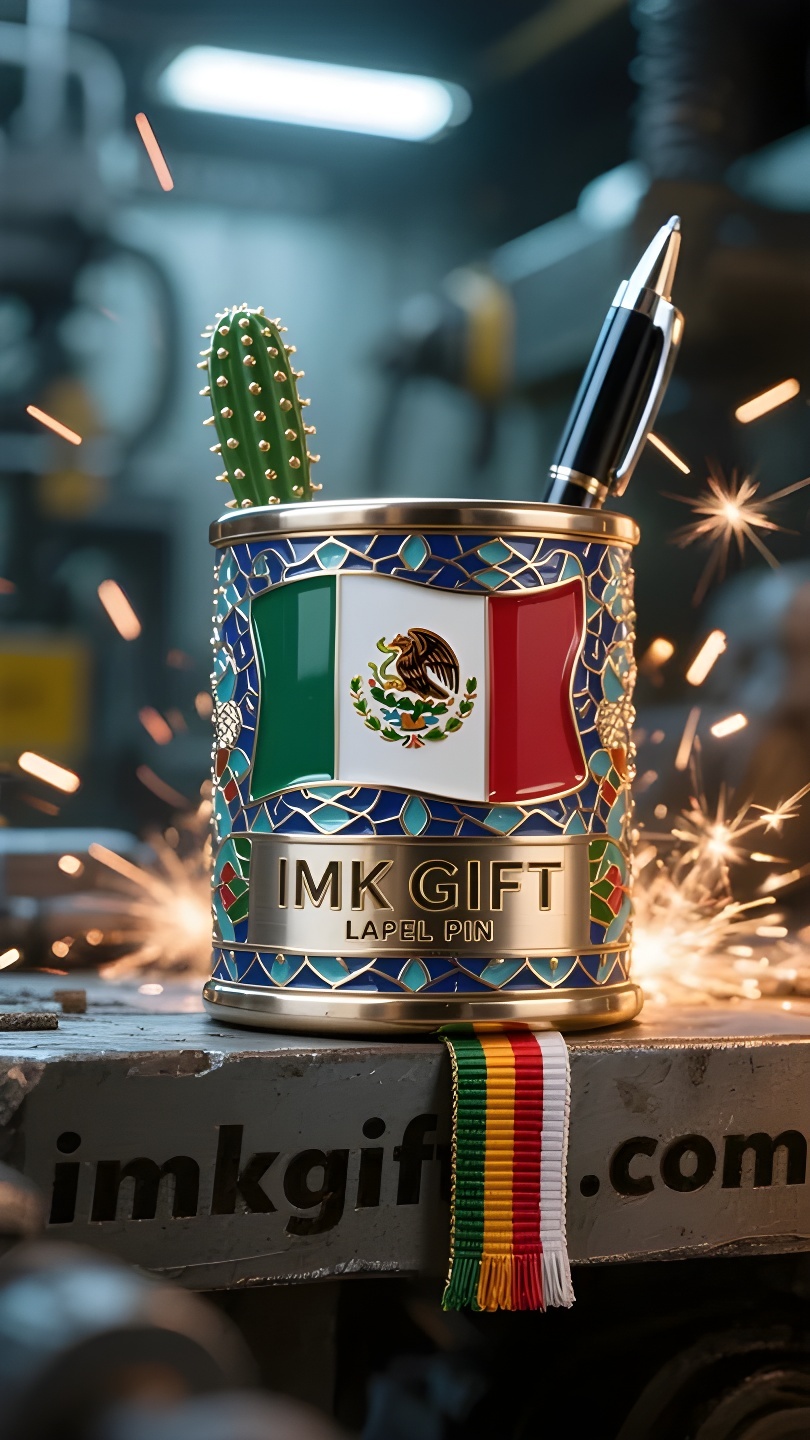in996-Portaplumas-de-cactus-tótem-de-la-esperanza-en-el-desierto
▼
En septiembre, la celebración del Día de la Independencia en la Ciudad de México aún se prolongaba. Cuando la gente observaba el águila sobre el cactus de la bandera nacional, pocos se percataron de las artesanías tradicionales sobre el escritorio, también basadas en el cactus. Esta planta, portadora del espíritu nacional, custodia el hogar espiritual de cada mexicano en forma de portaplumas. En la leyenda azteca, el cactus es la tierra prometida guiada por los dioses. Puede absorber nutrientes de la arena y la grava áridas, construir una línea de defensa con espinas afiladas, pero siempre crece para producir abundante verdor. Esta característica fue incorporada al diseño del portaplumas por artesanos mexicanos: el cuerpo conserva los patrones cóncavos y convexos formados por las ramas naturales, simbolizando los altibajos que la vida debe atravesar; la boca es tan ancha como una corola en flor, lo que implica que la acumulación de conocimiento eventualmente florecerá en sabiduría. En la escuela pobre de Monterrey, cuando los niños usan este portaplumas para guardar lápices, siempre pueden tocar la textura rugosa del cactus. La maestra Marta dijo: «Cuando el lápiz está desafilado, las espinas del cactus les recordarán que deben agudizar su voluntad como sus antepasados; cuando el papel está en blanco, la profundidad del portaplumas revelará cuántas civilizaciones ha nutrido esta tierra». Este utensilio cotidiano transforma el símbolo nacional en un símbolo espiritual tangible, de modo que cuando las nuevas generaciones escriben, la punta del bolígrafo siempre está impregnada de la resiliencia de la nación. Así como el águila de la bandera nacional necesita el apoyo del cactus, el ideal de cada mexicano también necesita un recipiente resistente. En esta época de conmemoración de la independencia, esos portaplumas de cactus, que se yerguen en silencio en las esquinas de la mesa, cuentan en silencio la eterna fábula de la vida: la esperanza más tenaz siempre nace en la tierra más pobre.
In September, the celebration of Independence Day in Mexico City was still lingering. When people looked up at the eagle standing on the cactus on the red, white and green national flag, few people noticed the traditional handicrafts on the desk that were also based on the cactus. This plant, which carries the national spirit, is guarding the spiritual home of every Mexican in the form of a pen holder. In Aztec legend, the cactus is the promised land guided by the gods. It can absorb nutrients from the barren sand and gravel, build a defense line with sharp thorns, but always grows up to produce abundant green. This characteristic was incorporated into the design of the pen holder by Mexican craftsmen: the body of the pen holder retains the concave and convex patterns formed by natural branches, symbolizing the ups and downs that life must go through; the mouth of the pen holder is as wide as a blooming corolla, implying that the accumulation of knowledge will eventually bloom into wisdom. In the poor school in Monterrey, when children use this pen holder to store pencils, they can always touch the rough texture of the cactus. Teacher Marta said: “When the pencil is blunt, the cactus thorns will remind them to sharpen their will like their ancestors; when the paper is blank, the depth of the pen holder will tell how many civilizations this land has nurtured.” This daily utensil transforms the national symbol into a tangible spiritual symbol, so that when the younger generation writes, the pen tip is always soaked in the nation’s resilience. Just as the eagle on the national flag needs the support of the cactus, the ideal of every Mexican also needs a tough container. In this season of independence commemoration, those cactus pen holders standing quietly on the corners of the table are silently telling the eternal fable of life: the most tenacious hope is always born in the poorest soil.
九月的墨西哥城,独立日的庆典余韵未散。当人们仰望红白绿三色国旗上那只立于仙人掌的雄鹰时,鲜少有人注意书案上同样以仙人掌为原型的传统手工艺品——这种承载着民族精神的植物,正以笔筒的形式守护着每个墨西哥人的精神家园。
阿兹特克传说中,仙人掌是神明指引的应许之地。它能在贫瘠的沙砾中汲取养分,用尖锐的刺构筑防线,却始终向上生长出丰盈的绿意。这种特质被墨西哥工匠融入笔筒设计:筒身保留天然枝节形成的凹凸纹路,象征人生必经的坎坷;筒口宽阔如绽放的花冠,暗喻知识积累终将绽放智慧。
在蒙特雷的贫民学校,孩子们用这种笔筒收纳铅笔时,总能触摸到仙人掌粗糙的肌理。教师玛尔塔说:”当铅笔写钝了,仙人掌的刺会提醒他们像祖先那样磨砺意志;当纸页空白时,笔筒的深度会诉说这片土地孕育过多少文明。”这种日常器物将国家象征转化为可触摸的精神符号,让年轻一代在书写时,笔尖始终浸润着民族的韧性。
正如国旗上的雄鹰需要仙人掌托举,每个墨西哥人的理想也需要坚韧的容器。在这个独立纪念的季节,那些静立桌角的仙人掌笔筒,正以无声的姿态讲述着永恒的生命寓言:最顽强的希望,永远诞生于最贫瘠的土壤。
▼
Contact Us
📞 Tel: +0086-760-85286839
📧 Email: sales3@imkgift.com








